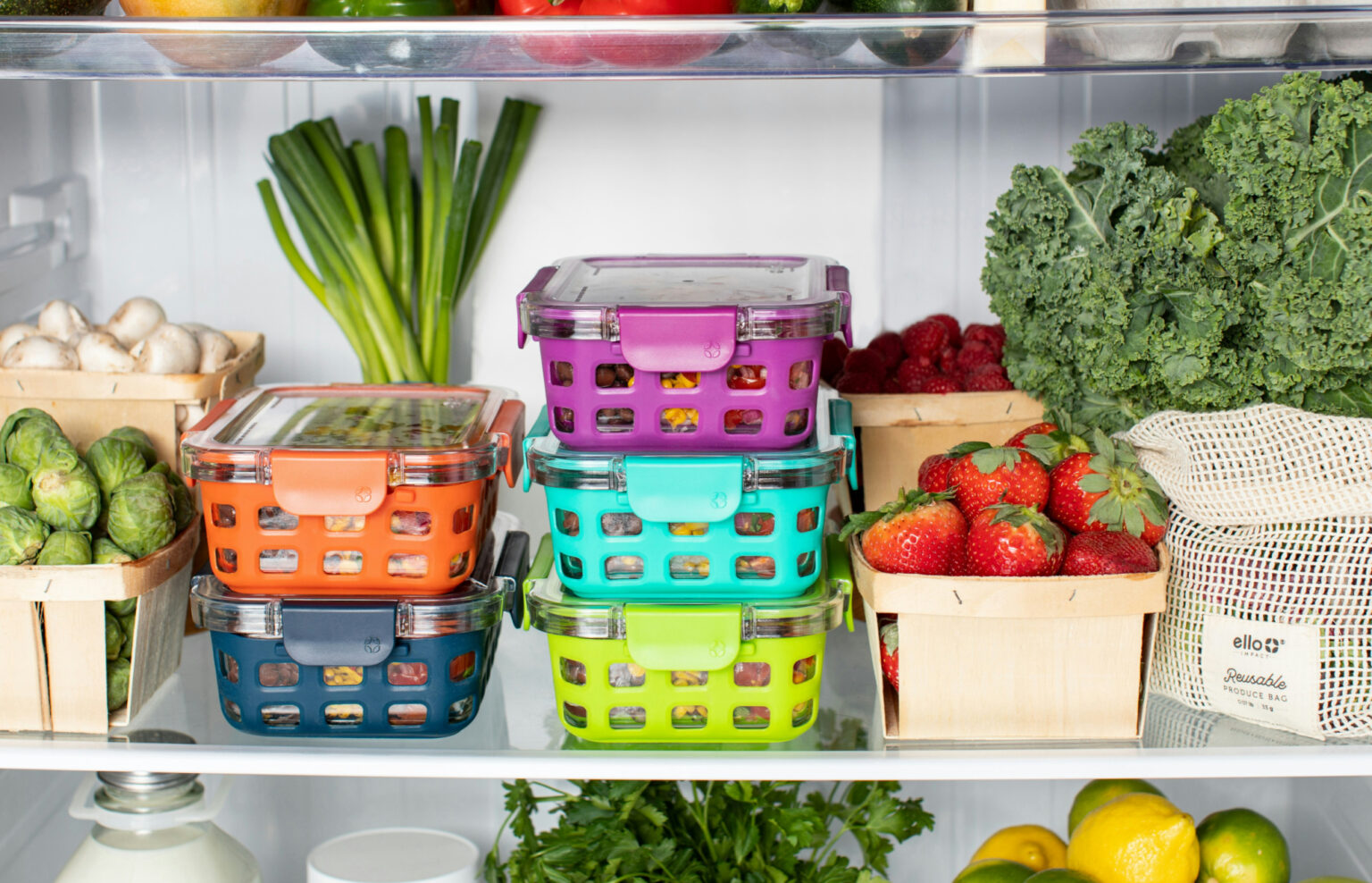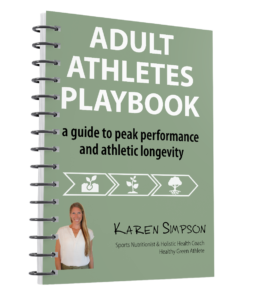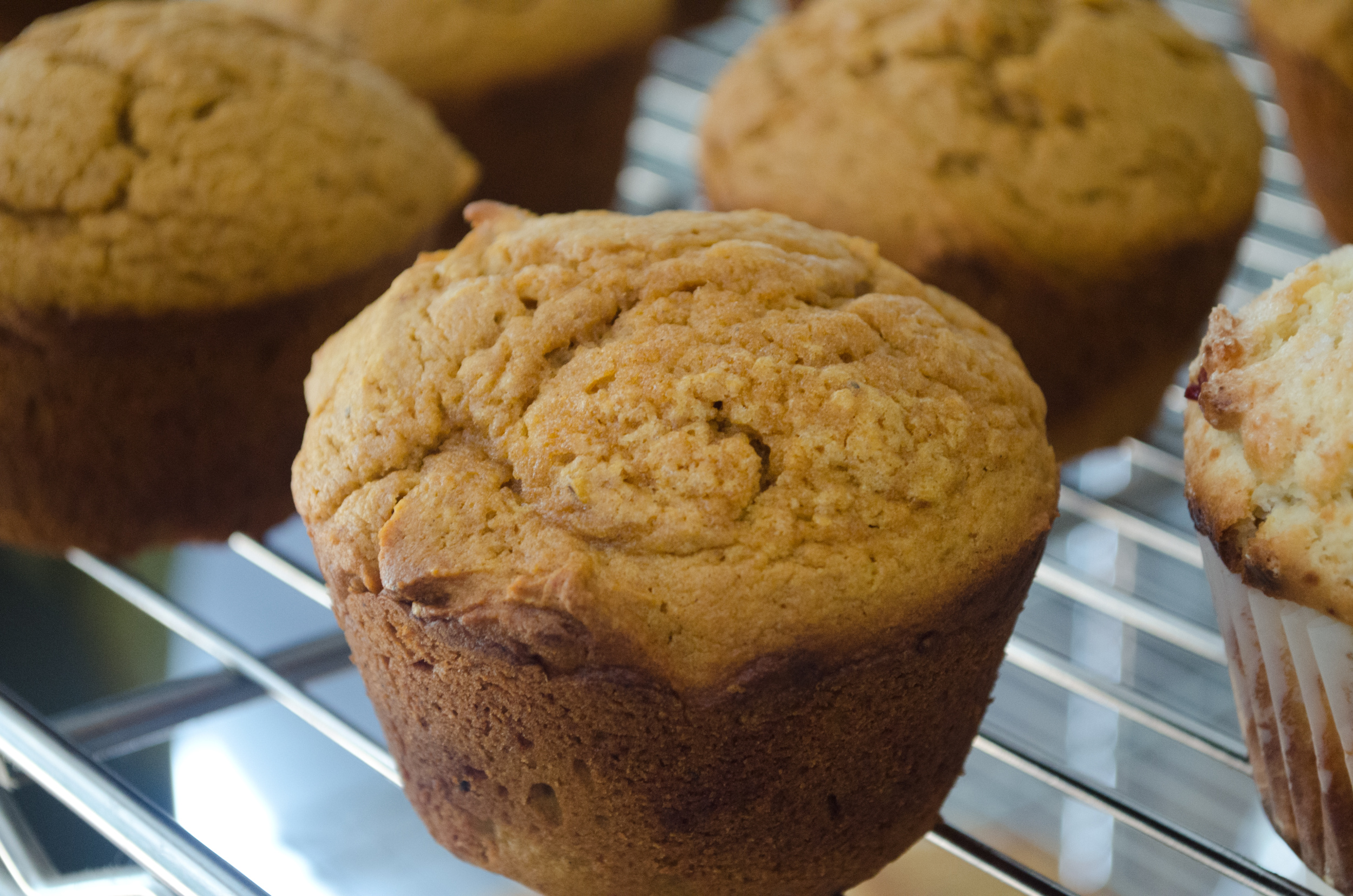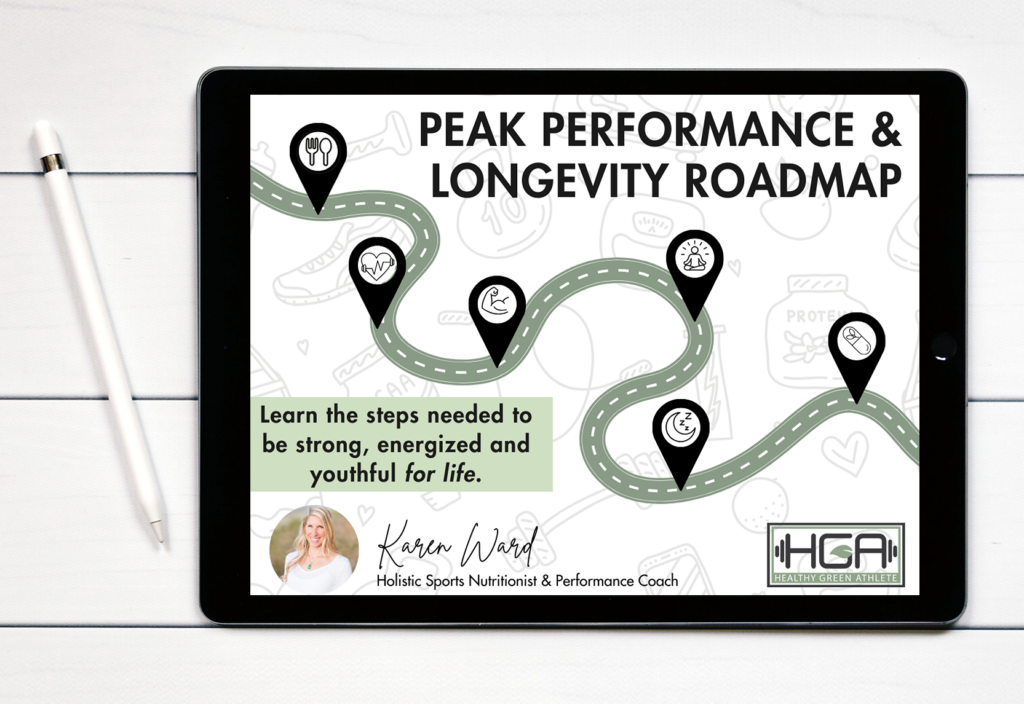If you’ve ever found wilted lettuce or rock-hard bread in your kitchen, you’re not alone. Knowing the best ways to store different types of foods can save you money, reduce waste, and keep your meals tasting great. With proper food storage, you can extend shelf life and reduce the risk of foodborne illness (CDC, 2022).
In this post, we’ll break down how to store fresh produce, dairy, meat, grains, and more. Whether you’re meal prepping, bulk buying, or just want to get organized, you’ll find simple strategies that work.
Why Proper Food Storage Matters
First, let’s talk about why storage is important. Food spoils due to exposure to air, moisture, light, and bacteria. Temperature also plays a big role. According to the USDA, keeping your fridge at or below 40°F (4°C) helps slow bacterial growth.
Improper food storage can lead to mold, off flavors, and even harmful bacteria like Listeria or Salmonella (FDA, 2023). But with a few basic rules, you can keep food fresh and safe for longer.
How to Store Fresh Produce
Fresh fruits and vegetables can be tricky. Some like it cold. Others prefer room temperature. Here’s a breakdown:
In the fridge:
- Leafy greens like spinach and kale stay crisp in a produce drawer with high humidity. Store them in a container with a paper towel to absorb extra moisture.
- Berries last longer when kept dry. Don’t wash them until you’re ready to eat them.
- Carrots and celery store best in water-filled jars or bags to keep them from drying out.
At room temperature:
- Bananas, avocados, and tomatoes don’t like the cold. It can change their texture and taste.
- Onions, garlic, and potatoes do best in a dark, dry pantry—just keep them away from each other. Onions can cause potatoes to sprout faster.
Best ways to store meat and seafood
Raw meat and seafood are some of the most perishable foods. That’s why it’s critical to store them properly to prevent foodborne illness.
- Refrigerate meat at 40°F or below and use within 2–3 days.
- Store seafood in a container on a bed of ice in the fridge, ideally used the same day you buy it.
- Freeze for longer storage. Wrap tightly in foil or freezer paper. Vacuum sealing works best to prevent freezer burn.
Label everything with a date before freezing. According to the USDA, frozen meat and fish are safe indefinitely but best quality lasts about 3–6 months (USDA, 2022).
Tips for Storing Dairy and Eggs
Dairy products can spoil quickly if not kept cool. Eggs, cheese, and milk each have their own preferences.
- Milk should be stored on a shelf, not the door, where temperature fluctuates more.
- Cheese lasts longer when wrapped in wax paper or parchment instead of plastic. Store it in a partially sealed container for airflow.
- Eggs should stay in their original carton in the fridge to protect from odors and moisture loss.
How to Store Bread and Baked Goods
No one likes dry, stale bread. But it also molds quickly if not stored correctly.
- Keep bread at room temperature in a bread box or cloth bag if you’ll eat it within 3–4 days.
- Freeze extra bread. Slice it first for easy use. Wrap in foil or plastic and place in a freezer bag.
- Avoid refrigerating bread. It makes it go stale faster due to starch retrogradation (Shelke, 2019).
Cookies and muffins do well in airtight containers. Add a slice of apple or bread inside to keep them soft longer.
Grains, Beans, and Pasta: Dry Storage Done Right
Dry goods may seem low-maintenance, but they’re not invincible.
- Whole grains and flours go rancid faster than white versions because of their natural oils. Store them in the fridge or freezer if not used quickly.
- Keep beans and lentils in sealed containers in a cool, dry place.
- Pasta and rice stay fresh in airtight containers. Keep away from moisture and pests.
Clear containers with labels make it easy to see what you have and help avoid waste.
How to Store Oils, Nuts, and Seeds
These foods contain healthy fats—but those fats can spoil.
- Store oils like olive and sesame in dark glass bottles away from heat and light. Refrigerate nut oils to keep them fresh longer.
- Nuts and seeds stay good for 2–3 months in the pantry. For longer life, keep them in the fridge or freezer.
- Ground flaxseed should always be refrigerated.
Smell your oils and nuts before using. A sour, paint-like smell means they’re rancid.
Leftovers and Cooked Foods
Leftovers are great for saving time—but only if stored safely.
- Cool leftovers quickly. Don’t let them sit at room temp for more than two hours.
- Use airtight glass containers to keep them fresh without picking up fridge odors.
- Label with the date and eat within 3–4 days.
Want to extend shelf life? Freeze leftovers in single servings. It’s great for meal prep and reduces food waste.
Fermented and Preserved Foods
Fermented foods like sauerkraut, kimchi, and pickles are alive with good bacteria. They need special care.
- Store ferments in the fridge after opening. Cold temps slow fermentation and keep flavors balanced.
- Keep brine-covered. This prevents mold and keeps good bacteria thriving.
- Avoid metal containers which can react with acids. Glass is best.
Fun fact: Fermentation is one of the oldest food storage methods and boosts gut health (Marco et al., 2017).
Fermented foods like sauerkraut, kimchi, and pickles are alive with good bacteria. They need special care.
Also read: Gut Healing Mocha Latte Recipe
Smart Storage Solutions to Invest In
Having the right gear makes storing food easier and more effective. Here are a few tools worth adding to your kitchen (with links to my favorite products):
- Glass storage containers: Better than plastic, and safer for heating leftovers.
- Vacuum sealer: Great for meat, cheese, freezer meals, and bulk buys.
- Beeswax wraps or silicone bags: Reusable, eco-friendly alternatives to plastic wrap.
- Fridge and freezer thermometers: Ensure your food stays at safe temps.
- Dry goods jars: Keep pantry items fresh and organized.
Want extra eco-friendly bonus points? You can find many of these items in your local thrift store.
Quick Reference: How to Store Different Types of Foods
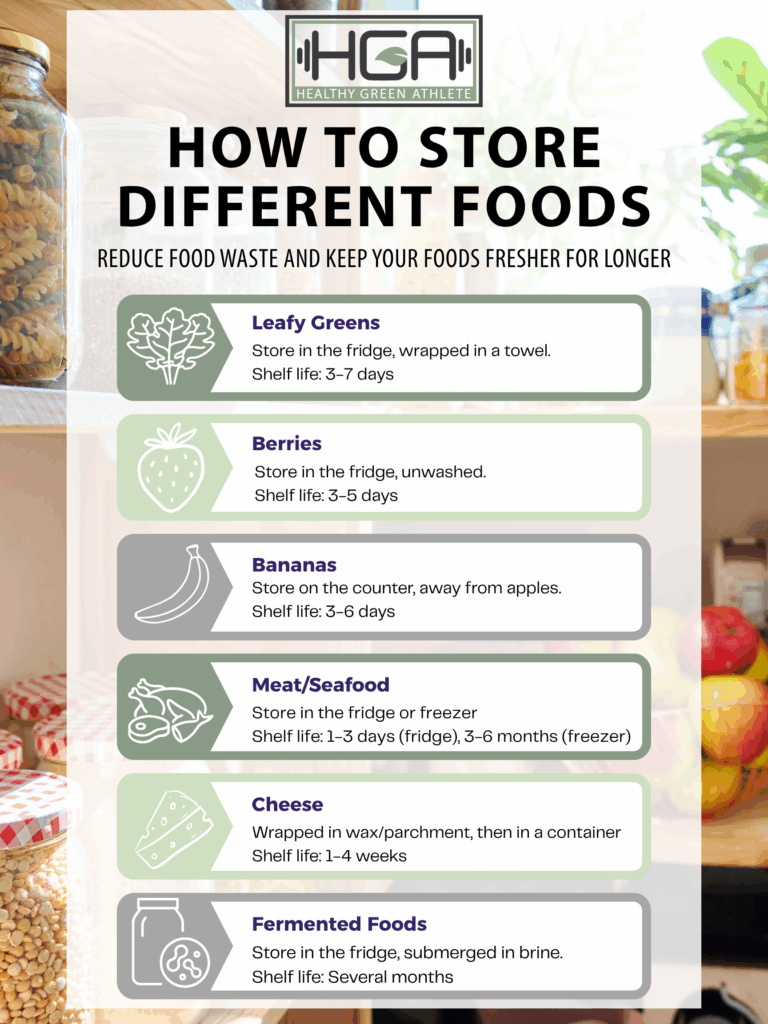
Final Thoughts on the Best Ways to Store Different Types of Foods
Learning the best ways to store different types of foods isn’t hard, but it makes a big difference. It can help you eat healthier, reduce waste, and save money. From fresh greens to frozen leftovers, each food group has its own sweet spot.
Plus, having a clean, organized kitchen makes cooking way more fun.
If you’re trying to build better food habits, proper storage is a great place to start. And remember—your fridge, freezer, and pantry are powerful tools for keeping your family well-fed.

